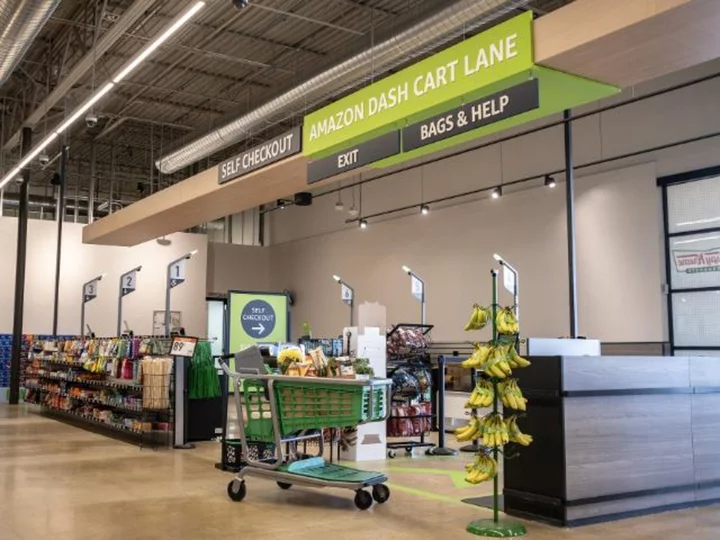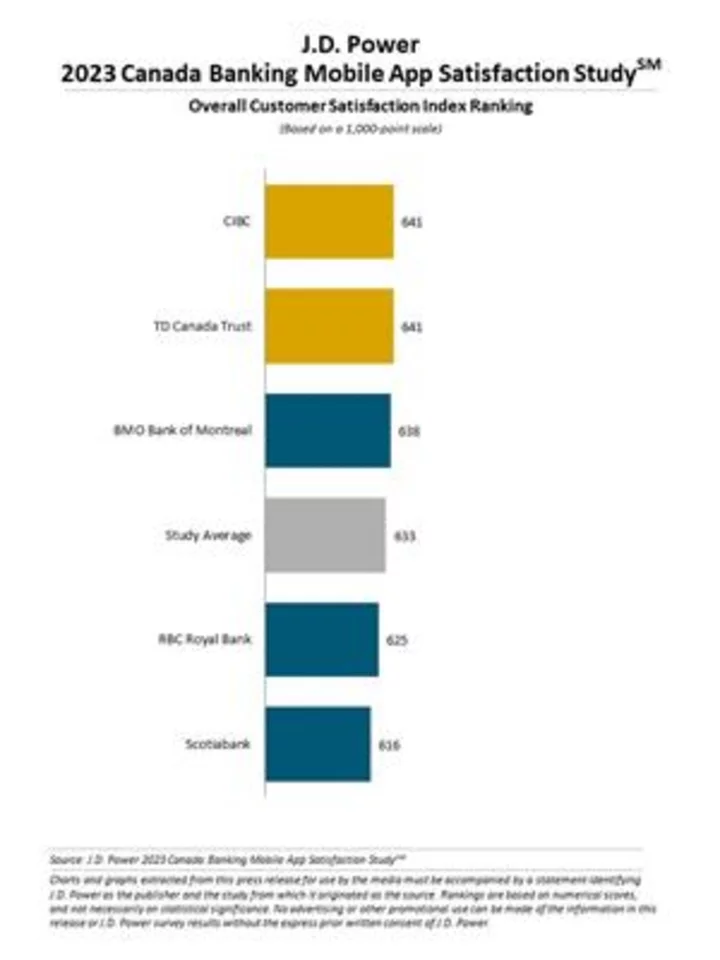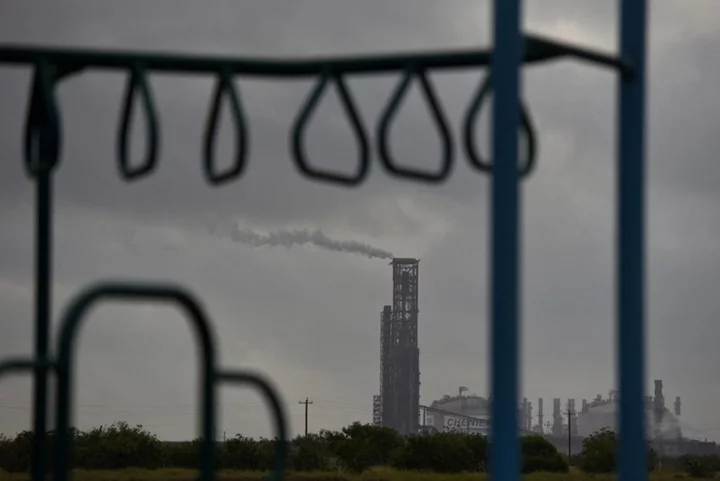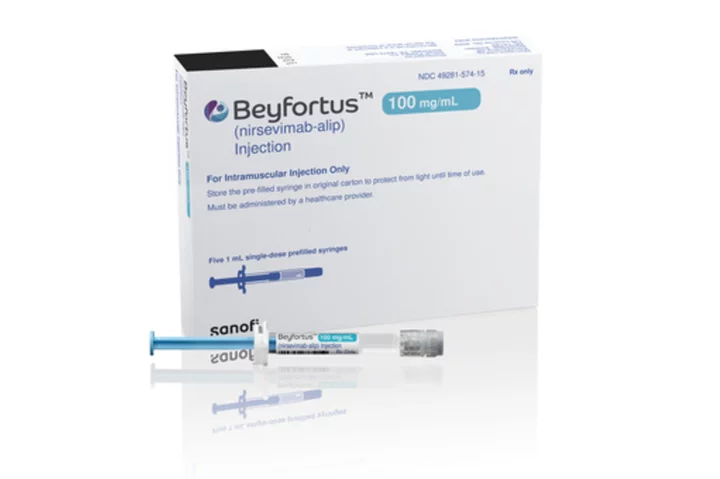Amazon has faced challenges getting shoppers to buy groceries in its Amazon Fresh grocery stores and recently laid off workers — but it's betting a new strategy and redesigned stores will be the answer to its struggles.
The company announced Wednesday that it will add hundreds of new name brands to two Amazon Fresh stores in suburban Chicago; more quick meal options like sandwiches and ready-made dinners; smart shopping carts that allow customers to scan groceries as they shop and check out without waiting in line; and Krispy Kreme doughnut shops.
Amazon also said it will offer online grocery delivery for shoppers who are not Amazon Prime members in an effort to broaden its customer base. This initial rollout will take place in 12 metro areas, including Boston, Denver and Austin.
These changes are Amazon's latest attempts to grow its grocery business, despite setbacks.
"It is no secret that Amazon has fallen short of its ambitions in grocery," Neil Saunders, an analyst at GlobalData Retail, said in a note to clients Wednesday. "The size and scale of the [grocery] sector, together with the regular nature of purchasing, makes the prize worthwhile, even if it is somewhat elusive."
It opened its first Amazon Fresh store in 2020 and has more than 40 around the United States today.
In 2017, Amazon bought Whole Food. It has also added Amazon Go cashier-less stores.
Whole Foods targets a wealthier clientele, and its smaller Amazon Go stores have limited offerings. Meanwhile, Amazon Fresh grocery stores are targeted at lower- and middle-income customers and function as full-size grocery stores.
Amazon had big plans to grow Amazon Fresh stores, but it has paused store expansion.
"We're doing a fair bit of experimentation today in those stores to try to find a format that we think resonates with customers," Amazon CEO Andy Jassy said in February. "We've decided over the last year or so that we're not going to expand the physical Fresh [stores] until we have that equation."









